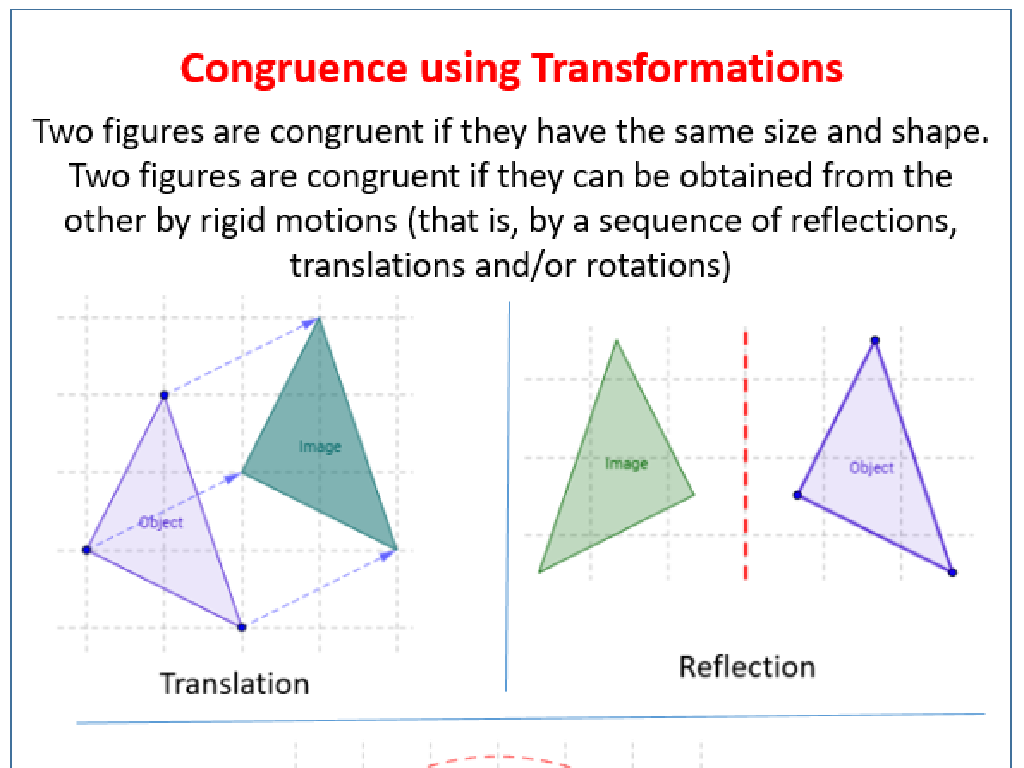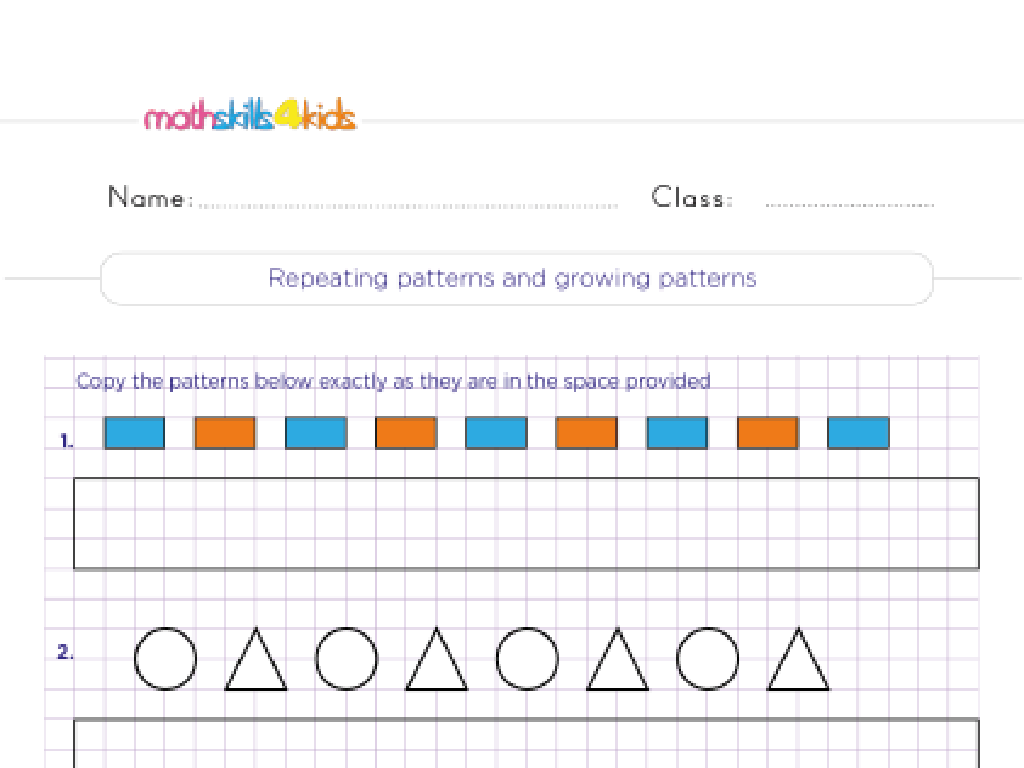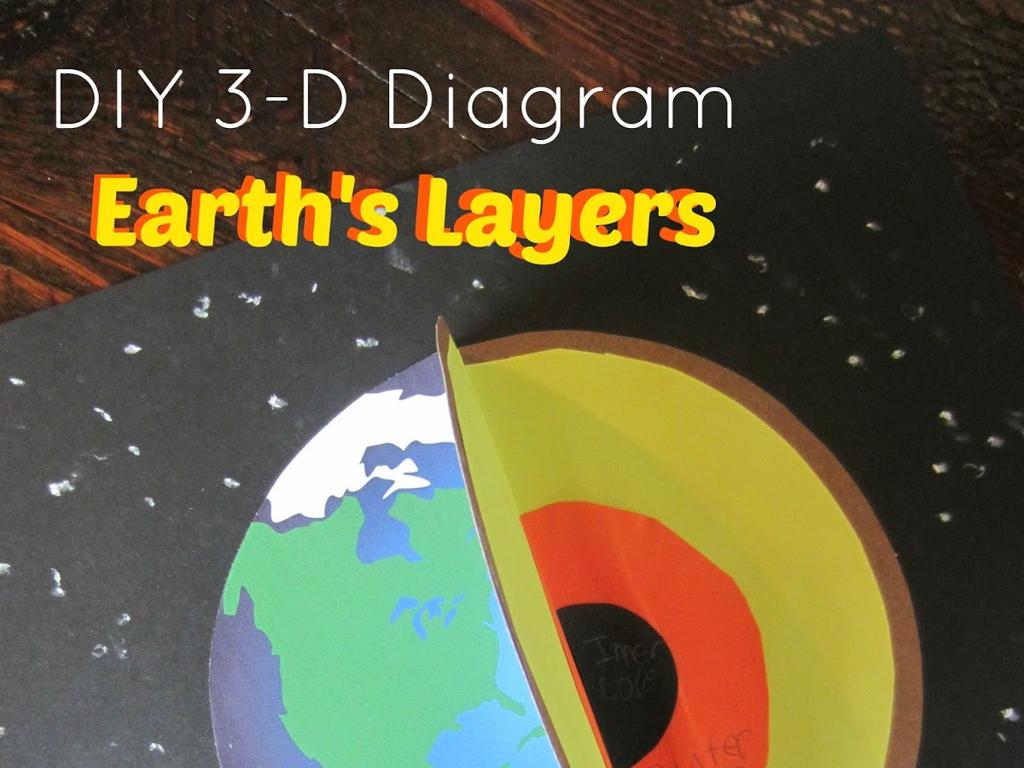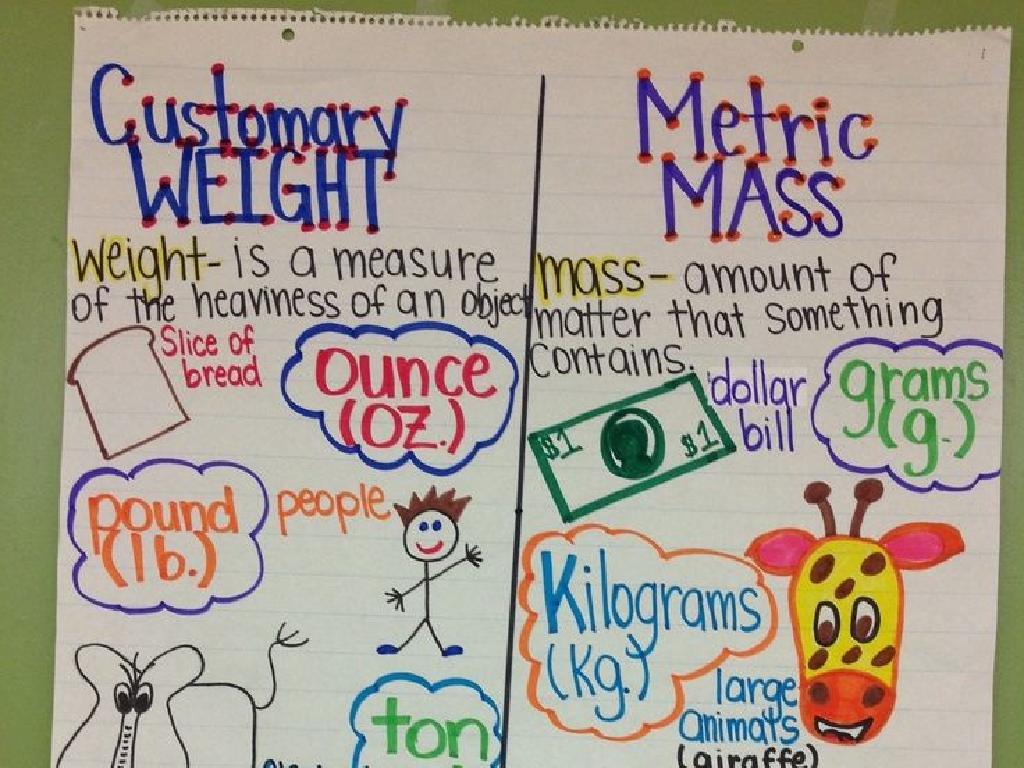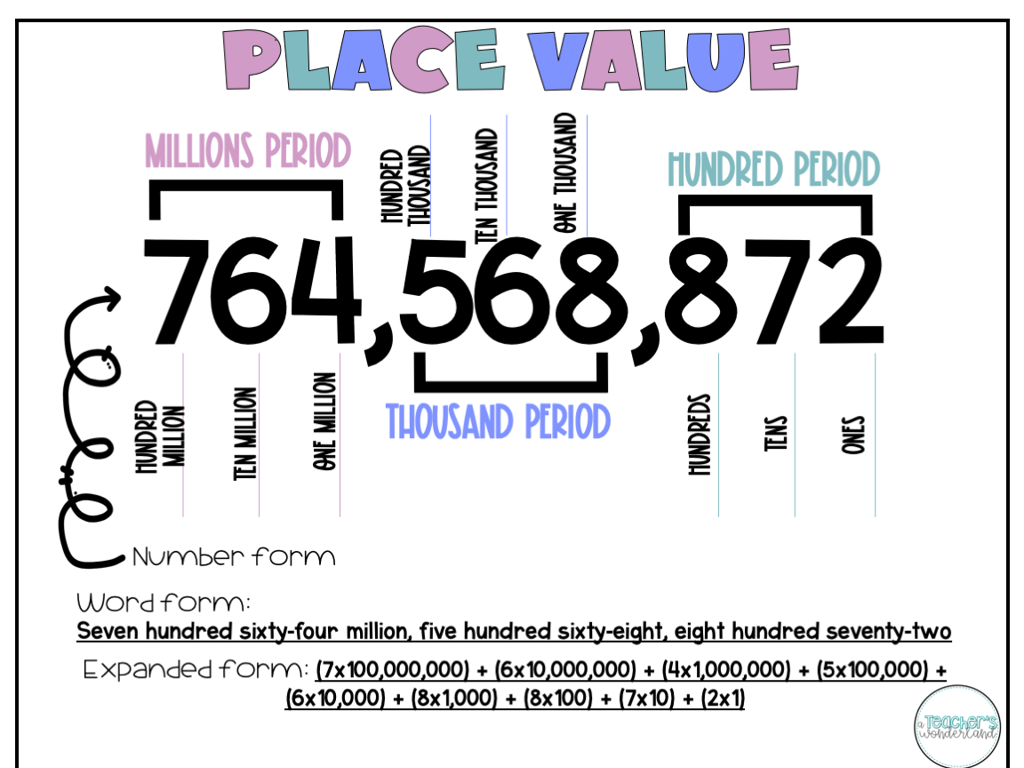Write Equations With Unknown Numbers To Represent Word Problems
Subject: Math
Grade: Third grade
Topic: Equations With Unknown Numbers
Please LOG IN to download the presentation. Access is available to registered users only.
View More Content
Equation Detectives: Finding the Mystery Number
– Become equation detectives today
– Finding the mystery number in math
– The mystery number is the unknown we’re solving for
– Writing equations from stories
– Turn stories into math sentences with a missing piece
– Practice with fun word problems
– We’ll solve puzzles to find the unknown number
|
In this lesson, students will be introduced to the concept of using equations to solve word problems. They will learn to identify the unknown number in a math sentence, which is often represented by a symbol like a box or a letter. The goal is to make them comfortable with the idea of an ‘equation detective’ who looks for clues in the problem to find the missing information. Provide examples of simple word problems and demonstrate how to translate them into equations with an unknown number. Encourage the students to practice writing their own equations from word problems and to share their solutions with the class. This interactive approach will help them grasp the concept of unknown numbers in equations and how to solve for them.
Understanding Equations
– Equation: A math sentence
– It has numbers, operations, and an equal sign.
– Equal sign means ‘the same as’
– Example: 3 + 4 = 7
– ‘3 plus 4 equals 7’ shows balance.
– Equations can have unknowns
– Unknowns are like mystery numbers we solve for.
|
An equation is a fundamental concept in mathematics that represents a statement of equality. It consists of two expressions on either side of an equal sign. For third graders, it’s important to illustrate this with simple addition or subtraction examples they are familiar with. Emphasize that the equal sign (‘=’) indicates that the value on one side is the same as the value on the other side. Introduce the concept of unknowns (variables) in equations as placeholders for numbers we need to find, setting the stage for solving word problems. Use relatable examples and encourage students to think of equations as balanced scales, where both sides must be equal.
Finding the Unknown in Equations
– Equations can have unknown parts
– Use symbols or letters for unknowns
– Like ‘x’ or ‘?’ to represent what we don’t know
– Solving to find the unknown
– We do math to discover the missing number
– Practice with word problems
– We’ll use stories to help us solve equations
|
This slide introduces the concept of unknowns in equations to third-grade students. Start by explaining that sometimes, not all parts of an equation are known to us, and we can use symbols or letters like ‘x’ or ‘?’ to represent these unknown parts. Emphasize that the goal is to find out what these unknowns are by solving the equation. Provide examples of simple word problems where students have to write an equation with an unknown and solve for it. For instance, ‘If you have 3 apples and you need 7 in total, how many more do you need?’ can be represented as ‘3 + x = 7’. Encourage students to think of the equation as a mystery they get to solve and assure them that with practice, they’ll become great math detectives.
Turning Word Problems into Equations
– Word problems are number stories
– Equations represent these stories
– An equation is like a sentence, with numbers and symbols instead of words.
– Practice writing math sentences
– Example: If 2 apples cost $4, we write 2 * x = 4, where x is the cost of one apple.
– Let’s solve problems together!
|
This slide introduces the concept of translating word problems into mathematical equations. Start by explaining that word problems describe scenarios using numbers and that we can use equations to represent these scenarios mathematically. Emphasize that an equation is a math sentence that shows that two things are equal. It includes numbers, variables (unknown numbers), and operation signs. Engage the class with a simple example, like buying apples, to demonstrate how to write an equation from a word problem. Encourage the students to think of the equals sign as the word ‘is’ to help them understand that the two sides of the equation are the same. During the class, work through several examples together, gradually increasing complexity, and allow students to come up to the board to write their equations.
Solving Word Problems with Unknowns
– Understand the word problem
– Translate to an equation
Sam’s apples: 3 + ? = 7. What does ‘?’ represent?
– Find the mystery number
Use subtraction to solve: 7 – 3 = ?
– Practice with examples
Sam had 3, got more, now has 7. How many did he get?
|
This slide is aimed at helping third-grade students understand how to write and solve equations with unknown numbers based on word problems. Start by reading the problem carefully and discussing what is known and what needs to be found. Translate the problem into an equation with a placeholder for the unknown number. Teach students the method to find the unknown number, in this case by subtracting the number of apples Sam started with from the total number he ended up with. Provide additional practice problems for students to apply this method, reinforcing their understanding of equations with unknowns.
Solving the Mystery with Subtraction
– Use subtraction to find unknowns
– Example: Sam’s apple mystery
– Sam had 3 apples, got more, now has 7. How many did he get?
– Subtract what you know
– Take away the 3 apples from the 7 total
– Discover the unknown number
– 7 minus 3 equals 4, so he received 4 apples!
|
This slide introduces students to the concept of using subtraction to solve for unknown numbers in word problems. Start by explaining that subtraction can ‘uncover’ the missing piece in a problem. Use the story of Sam and his apples to make it relatable. Sam had a certain number of apples, received more from a friend, and ended up with 7. By subtracting the number of apples he started with from the total, students can find out how many apples Sam’s friend gave him. This simple example demonstrates the process of finding an unknown number in an equation. Encourage students to think of subtraction as a detective tool that solves the mystery of the missing number. In the next class, students can practice with similar word problems to reinforce the concept.
Your Turn to be Math Detectives!
– Solve given word problems
– Identify totals and starting points
– Look for clues: total amount, beginning amount, and what’s missing
– Write equations for the problems
– Use ‘x’ or ‘?’ for what we don’t know
– Find the unknown numbers
– Solve ‘x’ to complete the mystery
|
This slide is designed to engage third-grade students in solving word problems by writing equations with unknown numbers. The activity encourages them to act like detectives, searching for clues within the problems to determine the total, starting points, and what needs to be found. Teachers should guide students through the process of translating word problems into mathematical equations, using placeholders like ‘x’ or ‘?’ for the unknown values. After writing the equations, students will practice solving for the unknown number. The teacher should prepare several word problems of varying difficulty and ensure that each student has a chance to solve at least one problem. Possible activities include pairing students to solve problems together, using manipulatives to visualize the problems, or creating a ‘detective’ game where each solved problem leads to a clue for the next one.
Class Activity: Equation Scavenger Hunt
– Scavenger hunt for word problems
– Find clues around the classroom
– Write equations for the problems
– Example: If 3 + _ = 5, what is the missing number?
– Solve for the unknown number
– Use addition, subtraction, or other operations to find the answer
|
This interactive activity is designed to help students apply their knowledge of equations with unknown numbers in a fun and engaging way. Set up clues around the classroom with different word problems. Students will search for these clues and then write down the corresponding equation, filling in the unknown number. For example, a clue might say ‘I have 3 apples, and I need 5 in total, how many more do I need?’ The student would write the equation 3 + _ = 5 and solve for the unknown. Provide guidance on how to set up equations and encourage students to use different operations as needed. Have at least 4-5 different word problems ready, varying in difficulty, and ensure that each student can participate in finding and solving the problems.

